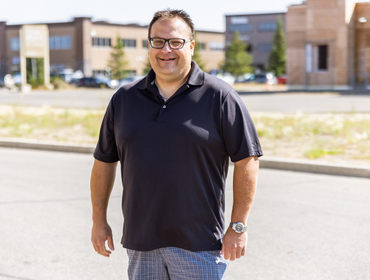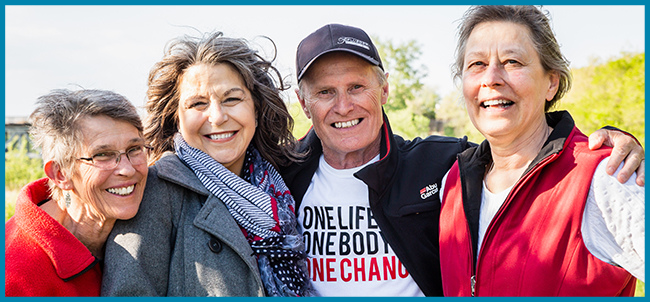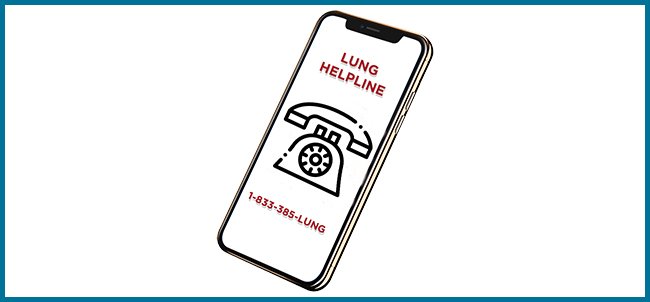Masks
Your CPAP mask is the most important part of being successful in treating your sleep apnea. A mask should feel comfortable, but it may take some time to get used to wearing any type of mask. Many types of masks are available on the market including nasal masks, nasal pillows/cushions or full face masks.
Finding Your Fit
Picking the right mask is very important. It is a good idea to take your machine with you to the CPAP company for your mask fitting. This will help determine if the mask you choose will seal with your prescribed pressure. It does take time to get used to wearing the mask and become comfortable with it; having a positive attitude helps too!
Masks should be replaced every 6-12 months. You will need a prescription from your doctor in order to buy a mask.
Types of Masks
| Nasal Masks | Nasal Pillows or Cushions | |
|
|
|
|
|
Nasal masks are smaller masks that cover the nose only.
|
Nasal pillows have two small openings that fit in the nostrils of the nose and have minimal contact with the face.
|
|
|
Full Face Masks |
Hybrid Masks |
|
 |
 |
|
| Full-face masks cover both the mouth and nose and are used for those who have difficulty breathing through their nose or sleep with their mouth open. |
Hybrid masks also cover both the mouth and nose but are less bulky than a full-face mask.
|
Mask Fitting

Hold the mask in your hand, grab the headgear and slide it over the back of your head. Position the mask based on the style of your mask. Attach the headgear to your mask by using the clips or magnets on your headgear. Adjust the mask and tighten the straps to avoid air leaking. Do not over-tighten your mask.
What is a good fit?
A good fit is dependent on the type of mask you are purchasing. There are many different types of masks. Take advice from your sleep apnea health professional on proper fit for you. Your mask should not leak, and if you do have a small leak, it should not blow into your eyes. The headgear should not need to be pulled tightly to control leaks as this can cause the mask to leak more. You should not feel any pressure on your face from the mask.
Tips For Mask Fittings
- Do not be in a rush to choose the right mask
- When testing a mask, lay on your back and each of your sides to see how it feels.
- Try the mask with a CPAP machine turned on
- Make sure the headgear is easy for you to use
- Ask about an exchange or trade-in policy in case the mask does not work out
- If you have dentures, remove these for mask fitting
- Ask yourself these questions and discuss with your sleep apnea health professional:
- Do I often struggle breathing through my nose during the day?
- Am I claustrophobic?
- Can I handle something inside my nose? If not, a nasal mask might be better.
- How do I manage my mask with dentures?
Adjusting to Wearing a Mask
- First, ensure the mask fits well.
- Start wearing your mask and straps when you are awake.
- Once you are used to the feeling, turn the air pressure on and lay down when you are comfortable. Try this during the daytime and lay down on the couch for an hour.
- Once you are used to how the mask feels, start using it every time you fall asleep. The more you use the machine, the sooner you will get used to using it.
Treating Sleep Apnea
Treating sleep apnea is very important for your overall health. If you have experienced problems getting used to your CPAP equipment, please do not give up. It may take a few weeks, or even months to be comfortable wearing a mask. Be patient. Return to your CPAP company to look for ways to deal with any problems you have. Talk to your sleep doctor about any medical concerns. Do not give up.










